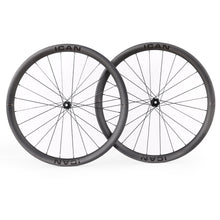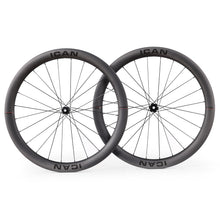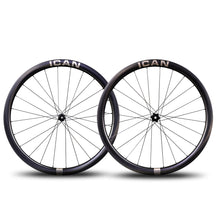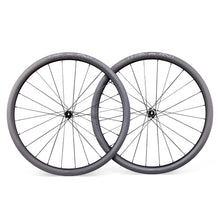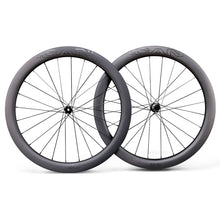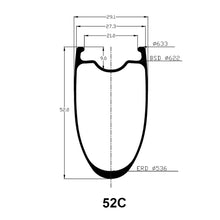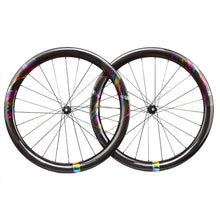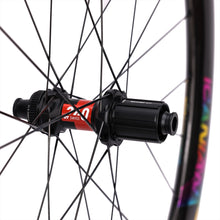News
Buyers' Guide To Full Suspension Bicycles
We’ve all seen full suspension bikes, and many of us want full suspension bikes but how do we know which full suspension bike is for us. We decided to make a handy guide for you to follow and get a better understanding of what bike is the best one for you.
Why do I want a full suspension mountain bike?
- They are easier to ride than a hardtail. Full sus bikes will let you get away with mistakes. The suspension will help to absorb mistakes and keep you rubber side down and stop you flying off over the bars.
- You’ll get more traction. Part of what allows them to absorb accidents also means that the suspension keeps your tyres in contact with the ground. You’ll find it harder to have your rear wheel slip out on you.
- You’ll be less fatigued. Your body will not be getting constantly hit with vibrations and knocks. You’ll find that you’re then able to ride for longer and feel more refreshed at the end, rather than feeling you’ve beaten up.
- You’ll be more in control. As your tyres have more traction and your bike is not trying to buck you off, you’ll find that you have more control. You’ll then be able to hit obstacles faster, as you’ll know you’ll be able to make gaps and drops.
- Berms become more fun. You’ll be able to roll over the braking bumps that others have left and keep your tyres firmly on the ground as you rail every berm you come across.
What are the styles of full suspension bikes?
The majority of full suspension mountain bikes can be fitted into 1 of 3 categories. You have cross country bikes, trails, bikes, and enduro bikes. The easiest way to tell these bikes apart is by looking at their travel.
Cross country bikes
Cross country (XC) bikes will have the lowest amount of travel out of all the full suspension bikes. You’ll generally find them having between 80 and 120mm of travel. Our Altay comes in right in the middle ground with 100mm of travel. As with all other XC full sus bikes, it is a bike that is designed to be lightweight, and make it as easy as possible for you on the hills.
Trail bikes
A trail bike will come with between 120mm and 150mm of travel. Our Atlas comes with 130mm of travel. It like other trail bikes is designed to handle rougher terrain than an XC bike, and it will also not mind you taking both wheels off the ground. It is a great choice for people who want a bike for riding around their local trail centre with their friends; the good news is the Atlas will help you conquer all those drops you were scared of before.
Enduro bikes
Enduro bikes have 150mm+ of suspension, and now they are even starting to work their way into downhill bike levels of suspension travel. Our Andes is a great example of an enduro bike. It’s a 29” wheeled monster of a bike, that will help all your gravity fuelled dreams, and you’ll still be able to ride it back up the hill after slaying the downhill.
How to get the most from your full suspension bike
The most important thing you can do for your full suspension bike is taken half an hour to set the suspension up correctly. You’ll be surprised how many riders fail to do this, and hate their bike for the reason that is only their fault and not their bikes.
You’ll want to use the suspension manufacturer's recommended settings and use them as a baseline for setting your sag, rebound, and compression from there. You also want to wear what you would normally wear on the trail when you set your suspension. It will mean you’ve finely tuned your bike to you and your style.
Make sure your fork and shock match
When you’ve set your suspension, make sure that your fork and shock work with each other and not against each other. If they both have different rebound settings, you could be about to go for a flying lesson when out on the trail.
You can easily make sure that your rebound settings are working in harmony by simply bouncing your bike while riding in your street. You need to place your weight on your feet. Push down on your bike and let it rebound upwards. If your bike tries to throw you over your bars, then speed up your fork or slow down your shock’s rebound. If you feel you’re getting thrown backwards, then speed up your shock or slow down your fork.
Clean your suspension
If you want to keep your suspension working well, you’ll need to keep it clean. If you leave your bike encrusted in mud, you’ll find that the dirt slowly gets past your suspension’s seals and starts to cause problems for your suspension. A clean bike will save you a lot of money in the long run.
One of the best ways to clean your suspension is to wash your bike firstly. Then open the rebound on fork or shock and push down on your bike. Let the bike rebound and look for any traces of dirt, wash it off and repeat until there is no longer any dirt.
Then take a cotton bud and wipe it around and under the wiper seal. If it is black, get another one, and repeat until you get a clean cotton bud coming back. Then wipe the fork stanchions down with a soft cloth, and you should be good to go.
Some people at this point might tell you to lube your stanchions, but cleaning them in this way should mean there will be no issues and your next lower leg service will get rid of any contaminants you may have missed. Remember that lubing stanchions will only attract more dirt to them, and this will lead to more contamination.
